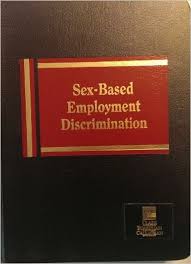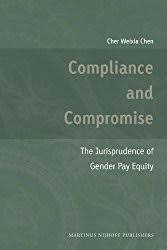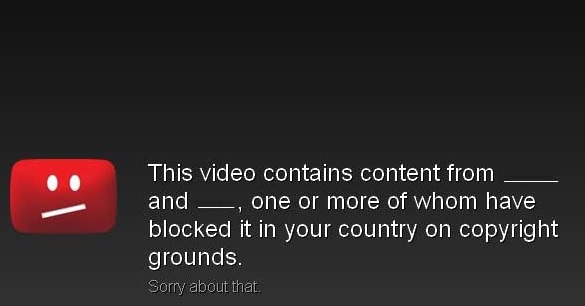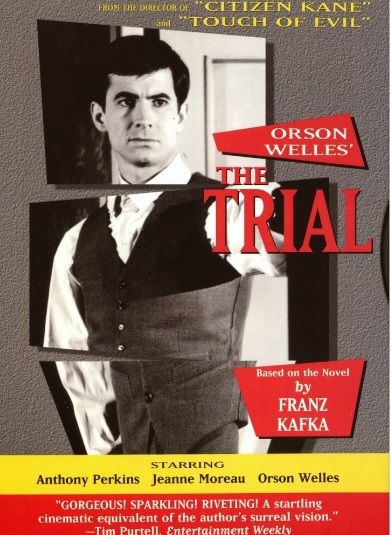On April 4, 2017, as part of the Legal Lunches series, BLS professors Liz Schneider and Susan Hazeldean led a lively townhall discussion on the impact of the Trump administration on women’s rights, reproductive rights, and LGBTQ rights.
One of the topics discussed was equal pay. When the Equal Pay Act was signed into law in 1963, women received 59 cents for every dollar earned by a man. Despite progress over the years, women who work full-time currently earn only about 80% of what their male counterparts earn. Among other efforts, President Obama had issued Executive Order 13673 (Fair Pay and Safe Workplaces) on July 31, 2014, which was aimed, in part, at narrowing that gap.
Trump’s revocation of the Obama executive order on March 27, 2017 nullifies rules that required paycheck transparency, and that barred federal contractors from imposing mandatory arbitration when their workers raised claims of sexual assault or sexual harassment. The revocation is particularly harmful to women workers. Prof. Schneider also pointed out that the Trump administration has deleted the White House webpage on equal pay. Where the Obama White House once had information about the Lilly Ledbetter Fair Pay Act and the Equal Pay Pledge, all that remains is a landing page with the terse “Thank you for your interest in this subject. Stay tuned as we continue to update whitehouse.gov”
April 4, 2017 also happened to be Equal Pay Day. This is the day that symbolizes how far into the next year a woman has to work, in order to earn what a man did during the preceding year. Equal Pay Day is always commemorated on a Tuesday, to further represent how far into the following work week women have to work, to reach the level earned by men the previous week.
BLS Library has various print and digital resources on the subject of equal pay. Our collection includes the following:
Susan Omilian & Jean Kamp, Sex-Based Employment Discrimination (updated through Sept 2016). This treatise is available electronically through Westlaw. It includes comprehensive treatment of claims brought under the Equal Pay Act, including making a prima facie case, defenses, enforcement, and remedies. Citations are kept current, with the most recent update in September 2016. The library also has the looseleaf version of the title in print, updated through June 2014.
Nyla Jo Hubbard, The rape of the American working woman: How the law and attitude violate your paycheck (2016). Hubbard, a non-lawyer, combines anecdotes from her personal experience with analysis of how women are placed at a systematic disadvantage under our laws. She discusses a wide range of laws and policies, ranging from Social Security, to healthcare, to childcare subsidies, in order to explain the causes of pay inequality. This title is available as an e-book through ProQuest.
Susan Bisom-Rapp & Malcolm Sargeant. Lifetime disadvantage, discrimination, and the gendered workforce (2016). The authors, who are law professors in the U.S. and U.K. respectively, examine the disadvantages faced by women at work, including equal pay issues, in light of inadequacies in the law in both countries. They contend that the piecemeal, incremental approaches built into the legal systems of the U.S. and U.K. do not work and that a more holistic solution is required. This title is available as an e-book through ProQuest.
Christianne Corbett & Catherine Hill, Graduating to a pay gap: The earnings of women and men one year after college graduation (2012). The American Association of University Women (AAUW) has long been engaged in studying, analyzing, and providing policy direction on equal pay issues. In this publication, they explain how pay inequality among college graduates begins immediately after graduation. While discrimination is an important factor, the AAUW study recognizes that gender differences in willingness and ability to negotiate salary contribute to the pay gap, recommending that this issue also be addressed.
Cher Weixia Chen, Compliance and compromise: The jurisprudence of gender pay equity (2011). In this book, Chen, a legally-trained professor of international studies, approaches the topic of pay equality from an international law perspective. She focuses in particular on International Labour Organization (ILO) Convention No. 100 on Equal Remuneration, and how ratifying states have complied or failed to comply with its mandate. This is an interesting read on pay equality laws in countries other than the U.S.: while 173 of the 187 ILO members have ratified ILO Convention No. 100 to date, the U.S. is not one of them.




 The BLS Library collection includes titles related to social aspects of American life. One such title from the New Book List that stands out is
The BLS Library collection includes titles related to social aspects of American life. One such title from the New Book List that stands out is  The BLS Library has ordered for its collection a related title,
The BLS Library has ordered for its collection a related title,  In the past few years, there has been increased discussion of the growth in America’s prison population to more than 2 million Americans incarcerated, many of them drug offenders, for periods that seem far too long. Since the publication in 2010 of Michelle Alexander’s
In the past few years, there has been increased discussion of the growth in America’s prison population to more than 2 million Americans incarcerated, many of them drug offenders, for periods that seem far too long. Since the publication in 2010 of Michelle Alexander’s  A search of the BLS Library OneSearch platform will lead readers to a recent review of Hinton’s book in the February 2017 issue of the American Journal of Public Health (Vol. 107 Issue 2) under the title Reckoning with the Rise of the Carceral State by David H. Cloud. For more on the topic, the BLS Library has ordered for its collection a new title,
A search of the BLS Library OneSearch platform will lead readers to a recent review of Hinton’s book in the February 2017 issue of the American Journal of Public Health (Vol. 107 Issue 2) under the title Reckoning with the Rise of the Carceral State by David H. Cloud. For more on the topic, the BLS Library has ordered for its collection a new title,  Last year, the Brooklyn Law Library added to its collection
Last year, the Brooklyn Law Library added to its collection  Books and essays about the art of writing well go back a long time. In 1947, English novelist, essayist, journalist, and critic George Orwell (born Eric Arthur Blair 1903 – 1950) and author of
Books and essays about the art of writing well go back a long time. In 1947, English novelist, essayist, journalist, and critic George Orwell (born Eric Arthur Blair 1903 – 1950) and author of  The Brooklyn Law School Library collection included
The Brooklyn Law School Library collection included  or reform of electoral reform are likely after this election as they were in earlier ones. See in the Brooklyn Law School Library,
or reform of electoral reform are likely after this election as they were in earlier ones. See in the Brooklyn Law School Library, 

 Brooklyn Law School Library has a large collection of material on copyright including the 3d edition of
Brooklyn Law School Library has a large collection of material on copyright including the 3d edition of 
 ers can review before starting the practice of law. The latest acquisition,
ers can review before starting the practice of law. The latest acquisition,